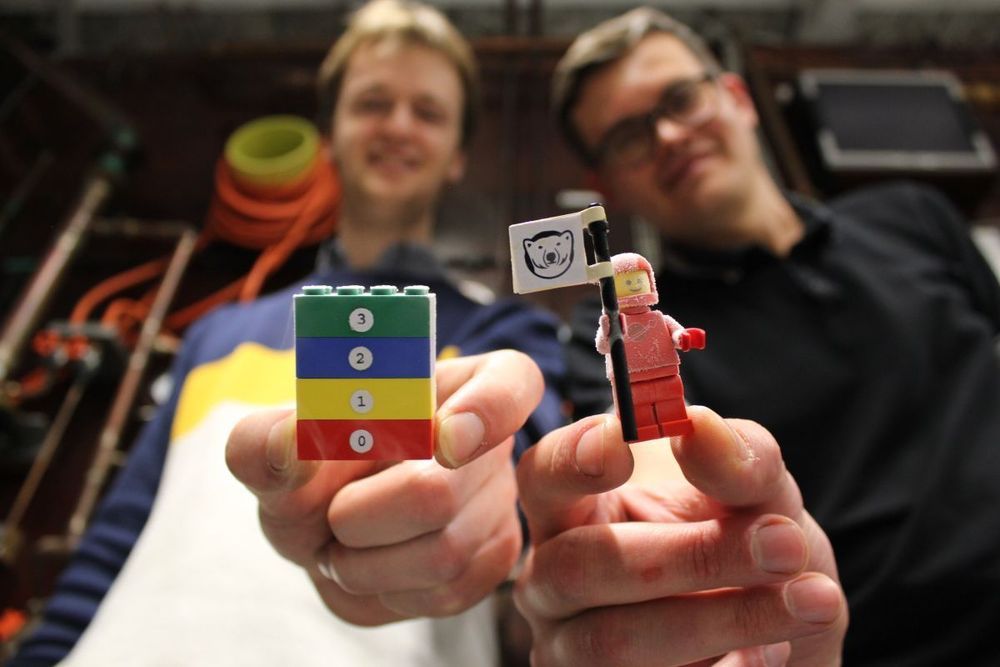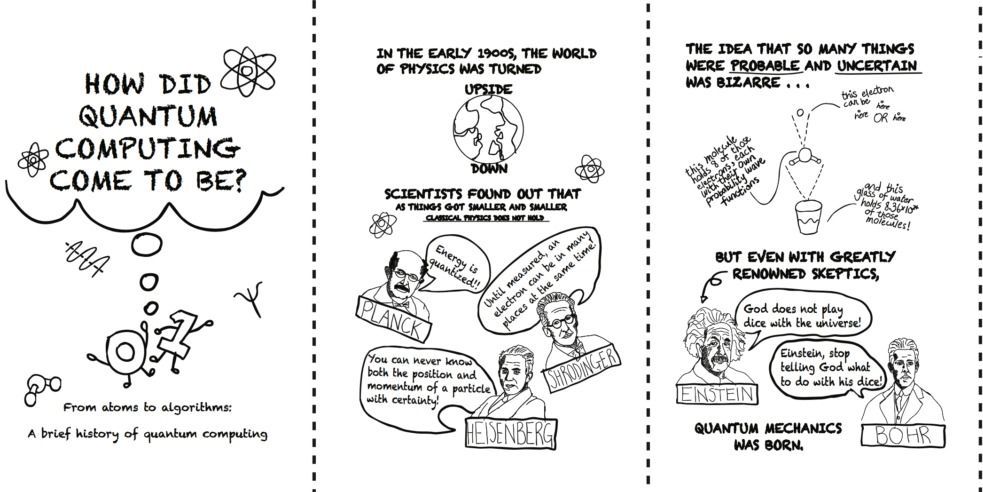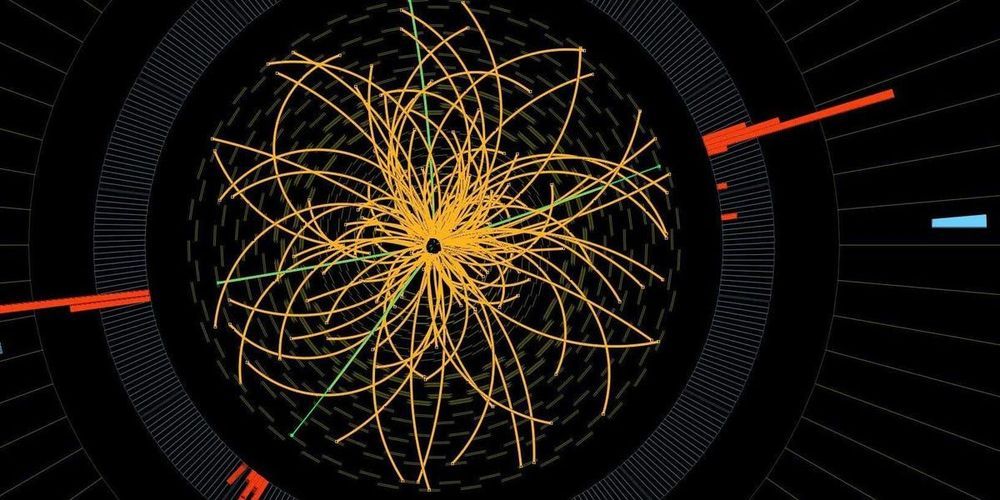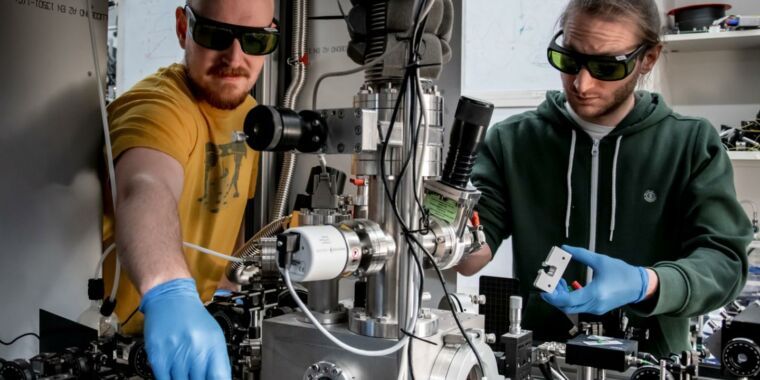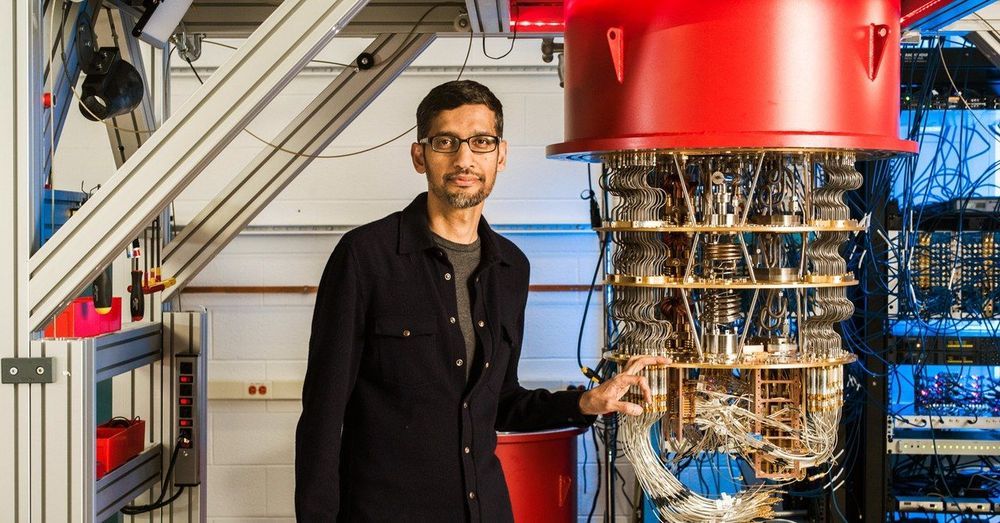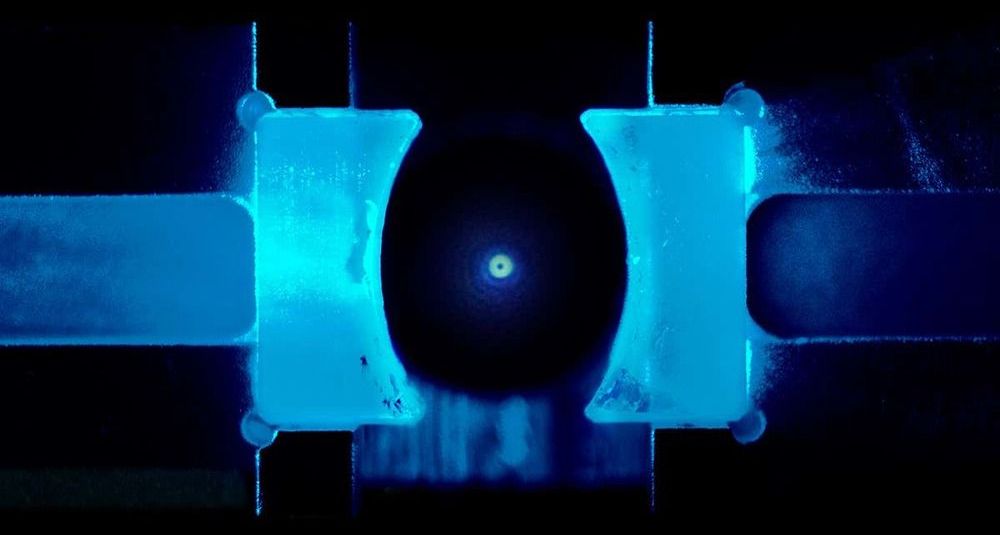Archive for the ‘quantum physics’ category: Page 587
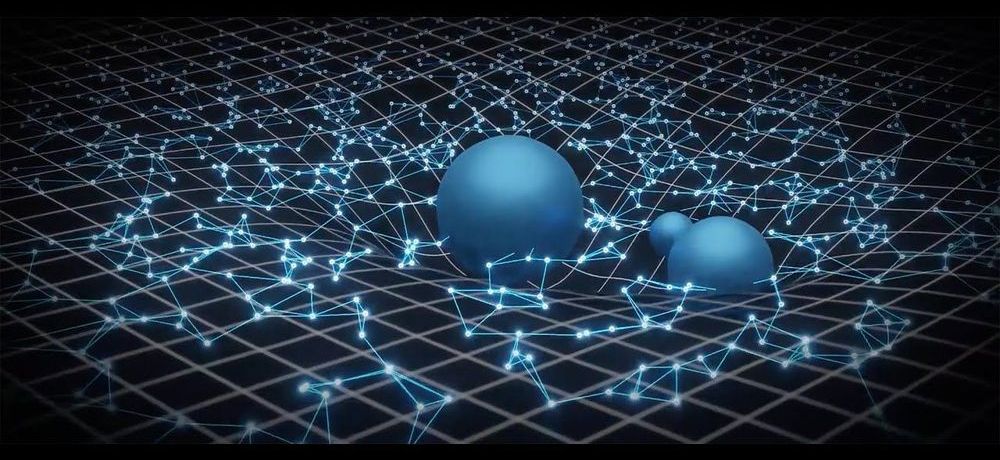
What is spacetime? How do physicists describe it? How does it relate to quantum gravity? Thomas Hartman passionately pursues these mysteries.
Jan 31, 2020
Looking for Light Reading? NSF-backed ‘Comic Books’ Tackle Quantum Computing
Posted by Kaiser Matin in categories: computing, education, humor, quantum physics
Still baffled by quantum computing? How about turning to comic books (graphic novels for the well-read among you) for some clarity and a little humor on QC. The National Science Foundation has done just as part of its EPiQC (Enabling Practical-scale Quantum Computing) program. So far eight Zines have been created with more to come.
Comic books offer approachable ways to convey both humor and information. One might think that comic books would not be able to convey complex information like the ideas behind QC. In this case, one would be wrong, at least for one as creative as the University of Chicago s Diana Franklin, as part of the National Science Foundation (NSF) funded https://www.epiqc.cs.uchicago.edu/”>EPIQC Expedition in Computing, wrote Mark Hill of the University of Wisconsin-Madison in a recent blog for Computing Community Consortium, run by NSF.
In particular, Diana and colleagues have developed eight, with more coming, https://www.epiqc.cs.uchicago.edu/zines”>zines that are comic-book-like pamphlets obtained by printing and folding a single sheet of paper. The topics include quantum notation, superposition, and history. In my humble opinion, these are great examples of the synergy possible with research and education done together. Enjoy! .
Jan 31, 2020
Dutch Scientists Just Shattered Our Conception Of How Information Will Travel In The Future
Posted by Quinn Sena in categories: particle physics, quantum physics
Essentially the higgs boson could allow for warp bubble technology to pop out of the space time continuum then basically pop back in.
Using quantum teleportation.
Jan 31, 2020
Levitating sand escapes classical world, enters quantum ground state
Posted by Quinn Sena in categories: particle physics, quantum physics
Jan 31, 2020
Higgs mode and its decay in a two-dimensional antiferromagnet
Posted by Quinn Sena in categories: mapping, particle physics, quantum physics
Essentially the higgs mode is like a developer mode for materials and even physics by itself. It could make metals that are as light as a feather but essentially as strong as a universe. It could make essentially near infinitely strong metals that could be put on spaceships to handle all manners of energy blasts. Even weird things could happen where like even changing dimension al physics of areas. Essentially a near cartoon like physics or even prove the existence of the stranger things dimension really happened. Even keep out other dimensions from entering our universe. Even controlling the universe itself by healing it. Essentially like it could allow the monitor from halo kinda developer mode to modify gravity or all variables or even bring new variables into the dimension.
Condensed-matter analogues of the Higgs boson in particle physics allow insights into its behaviour in different symmetries and dimensionalities1. Evidence for the Higgs mode has been reported in a number of different settings, including ultracold atomic gases2, disordered superconductors3, and dimerized quantum magnets4. However, decay processes of the Higgs mode (which are eminently important in particle physics) have not yet been studied in condensed matter due to the lack of a suitable material system coupled to a direct experimental probe. A quantitative understanding of these processes is particularly important for low-dimensional systems, where the Higgs mode decays rapidly and has remained elusive to most experimental probes. Here, we discover and study the Higgs mode in a two-dimensional antiferromagnet using spin-polarized inelastic neutron scattering. Our spin-wave spectra of Ca2RuO4 directly reveal a well-defined, dispersive Higgs mode, which quickly decays into transverse Goldstone modes at the antiferromagnetic ordering wavevector. Through a complete mapping of the transverse modes in the reciprocal space, we uniquely specify the minimal model Hamiltonian and describe the decay process. We thus establish a novel condensed-matter platform for research on the dynamics of the Higgs mode.
Jan 31, 2020
Alphabet Has a Second, Secretive Quantum Computing Team
Posted by Omuterema Akhahenda in categories: computing, quantum physics
Google’s parent Alphabet touted its quantum supremacy achievement last year. It doesn’t talk about a group at X working on software.
Google’s parent touted its quantum supremacy achievement last year. It doesn’t talk about a group at X working on software.
Jan 30, 2020
This tiny glass bead has been quantum chilled to near absolute zero
Posted by Quinn Sena in categories: particle physics, quantum physics
A new method for manipulating the quantum state of particles could one day allow us to observe an object in two places at once. The technique has been used to chill a tiny glass bead into its coldest possible quantum state.
Once you get down to extremely small scales, heat and motion are interchangeable: the more a particle is moving, the hotter it is. So to cool down a small particle, you have to stop it moving. Because the rules of quantum mechanics mean you can never know exactly how fast a particle is moving, there is a limit to how cold a particle can get. When a particle is at that limit, we call it the particle’s ground state.
Jan 28, 2020
What is quantum cognition? Physics theory could predict human behavior
Posted by Paul Battista in categories: neuroscience, quantum physics
Jan 28, 2020
Technological Applications of the Higgs Boson
Posted by Quinn Sena in categories: particle physics, quantum physics
Essentially the higgs boson could create a replicator and even a teleportation device.
Can you think of any? Here’s what I mean. When we set about justifying basic research in fundamental science, we tend to offer multiple rationales. One (the easy and most obviously legitimate one) is that we’re simply curious about how the world works, and discovery is its own reward. But often we trot out another one: the claim that applied research and real technological advances very often spring from basic research with no specific technological goal. Faraday wasn’t thinking of electronic gizmos when he helped pioneer modern electromagnetism, and the inventors of quantum mechanics weren’t thinking of semiconductors and lasers. They just wanted to figure out how nature works, and the applications came later.
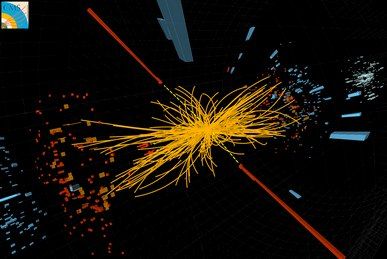
Continue reading “Technological Applications of the Higgs Boson” »
